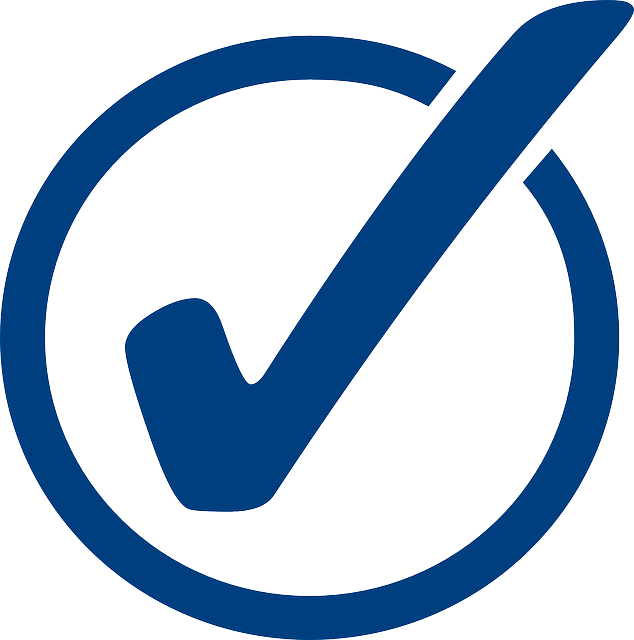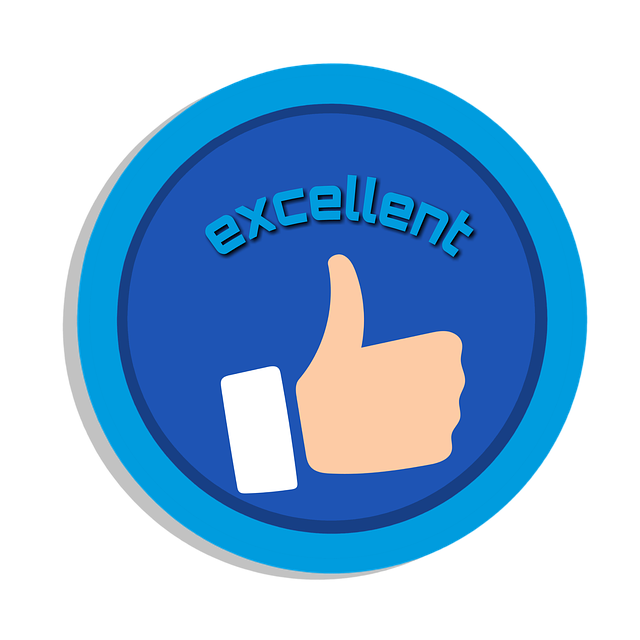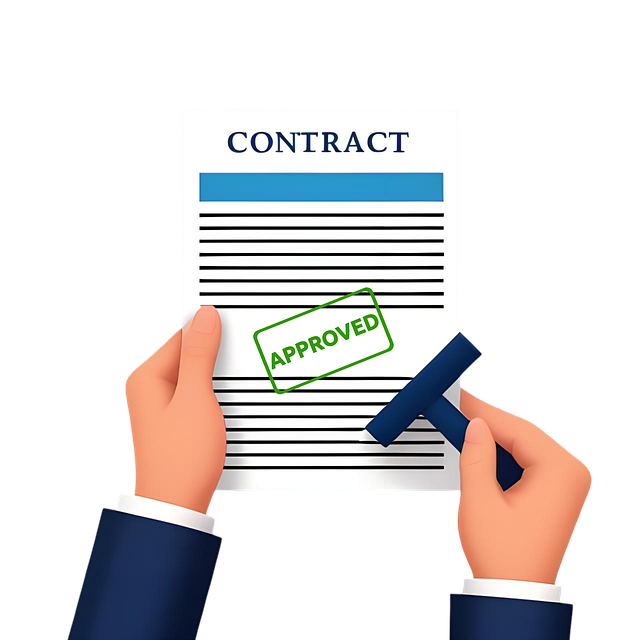This text challenges common misconceptions about equipment loans, emphasizing their accessibility for small businesses and competitive rates from reputable lenders. It highlights that substantial collateral or perfect credit aren't always required. The main pitfalls mentioned are hidden costs, including unexpected fees and penalties, which can make short-term equipment loans costly. To avoid these misconceptions, borrowers should review loan conditions carefully, calculate full costs, and consider alternative financing options like leasing, crowdfunding, government grants, and P2P lending, which offer more flexibility and better rates.
In today’s world, equipment financing is often clouded by misconceptions, leading businesses into potential pitfalls. This article aims to demystify common equipment loan misunderstandings and guide you through the process with strategic insights. We explore the dangers of short-term loans, dissect interest rates and fees to uncover hidden costs, and offer long-term planning tips for success. By understanding these nuances, you can navigate equipment financing with confidence, avoiding costly traps.
- Understanding Equipment Loan Misconceptions: Debunking Common Myths
- The Pitfalls of Short-Term Loans: What You Need to Know
- Navigating Interest Rates and Fees: Avoiding Hidden Costs
- Building a Solid Loan Strategy: Long-Term Planning for Success
- Alternatives to Traditional Loans: Exploring Financier Options
Understanding Equipment Loan Misconceptions: Debunking Common Myths

Many individuals and businesses often fall into equipment loan traps due to misunderstandings and misconceptions surrounding these financial tools. It’s crucial to debunk these myths to make informed decisions when borrowing or lending heavy machinery, vehicles, or other specialized assets. One common misconception is that equipment loans are solely for large corporations; however, this couldn’t be farther from the truth. Such loans are accessible to small businesses and entrepreneurs as well, providing them with the capital needed to invest in essential equipment.
Another prevalent myth is that these loans have astronomically high-interest rates. While it’s true that interest rates vary, many reputable lenders offer competitive rates, especially when compared to alternative financing options. Misconceptions often lead borrowers to believe they must secure substantial collateral or possess impeccable credit to qualify. In reality, lenders consider various factors, including the equipment’s value and potential for repayment, making it possible for a wide range of applicants to gain access to much-needed funds.
The Pitfalls of Short-Term Loans: What You Need to Know

Many businesses, especially startups, often find themselves in need of additional equipment to get their operations off the ground or to expand their capabilities. One common solution is to opt for short-term loans, which can seem like an attractive and quick fix. However, it’s essential to understand that these loans come with their own set of pitfalls and misconceptions that could trap unsuspecting business owners.
Short-term equipment loans often carry high-interest rates and stringent repayment terms, making them a costly option in the long run. The rapid repayment schedule might put a strain on cash flow, especially if unexpected expenses arise or if revenue streams are not as robust as projected. Furthermore, these loans may come with hidden fees and penalties for early repayment, which can significantly increase the overall cost of borrowing. It’s crucial for businesses to clarify all terms, conditions, and potential charges before accepting such loans to avoid being caught off guard by unexpected financial burdens.
Navigating Interest Rates and Fees: Avoiding Hidden Costs

When considering an equipment loan, one of the most significant challenges lies in navigating the intricate web of interest rates and associated fees. Often, borrowers are enticed by seemingly low-interest rates advertised by lenders, only to uncover a maze of hidden costs once the loan is finalized. These can include various fees such as setup charges, administrative costs, and prepayment penalties, which can significantly add up over time. It’s crucial to read through the fine print and ask about any potential extras to avoid getting caught off guard by these hidden expenses.
To steer clear of such pitfalls, borrowers should aim to understand the full cost of the loan. This involves clarifying the interest rate type (fixed or variable), calculating the Annual Percentage Rate (APR), and inquiring about any additional fees. By doing so, you can avoid falling into the trap of misconceptions about what’s included in the loan package and make informed decisions that fit your budget.
Building a Solid Loan Strategy: Long-Term Planning for Success

Many businesses, especially startups, often fall into equipment loan traps due to a lack of strategic planning and understanding of the process. One of the key ways to avoid these pitfalls is by developing a solid loan strategy that aligns with your long-term goals. It’s essential to move beyond the immediate need for equipment and consider the overall financial health and sustainability of your business. This involves assessing whether leasing or buying is the most cost-effective option in the short and long term, as well as understanding the potential risks and benefits associated with each approach.
By looking at equipment loans as a strategic investment rather than just an expense, businesses can avoid common misconceptions and make more informed decisions. Long-term planning includes anticipating future equipment needs, considering depreciation, and factoring in potential changes in your industry or market trends that might impact the value of the equipment over time. This proactive approach ensures that your loan strategy is not just a temporary fix but a sustainable foundation for your business’s growth.
Alternatives to Traditional Loans: Exploring Financier Options

Many individuals, facing equipment needs, often gravitate towards traditional loan options due to perceived convenience and accessibility. However, there’s a growing landscape of financier alternatives that can help avoid common pitfalls like high-interest rates and rigid repayment terms—often shrouded in misconceptions. These include crowdfunding platforms tailored for business equipment financing, which tap into a community of investors willing to support innovative ventures. Additionally, leasing offers a flexible option where businesses can rent equipment for a set period, often with the ability to upgrade or return it afterward, mitigating the risks associated with long-term debt.
Another lesser-known avenue is the exploration of government grants and subsidies designed to stimulate economic growth in specific sectors. These financial aids can provide crucial support without requiring repayment, though eligibility criteria may apply. Moreover, peer-to-peer (P2P) lending platforms connect borrowers directly with lenders, fostering transparency and potentially offering more competitive rates compared to traditional banks. By exploring these options and dispelling the misconceptions surrounding them, businesses can make informed decisions that align with their financial goals while steering clear of loan traps.






